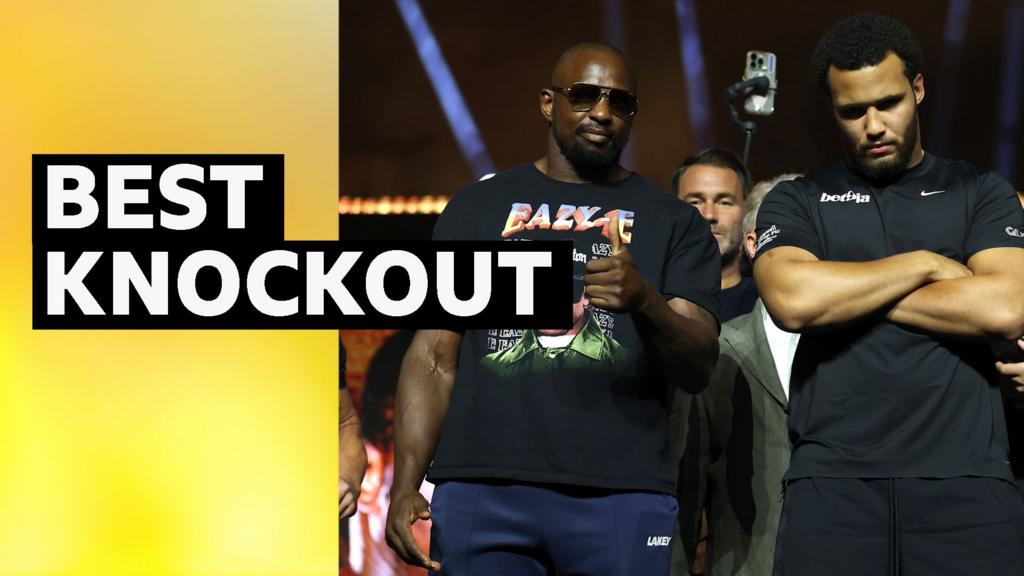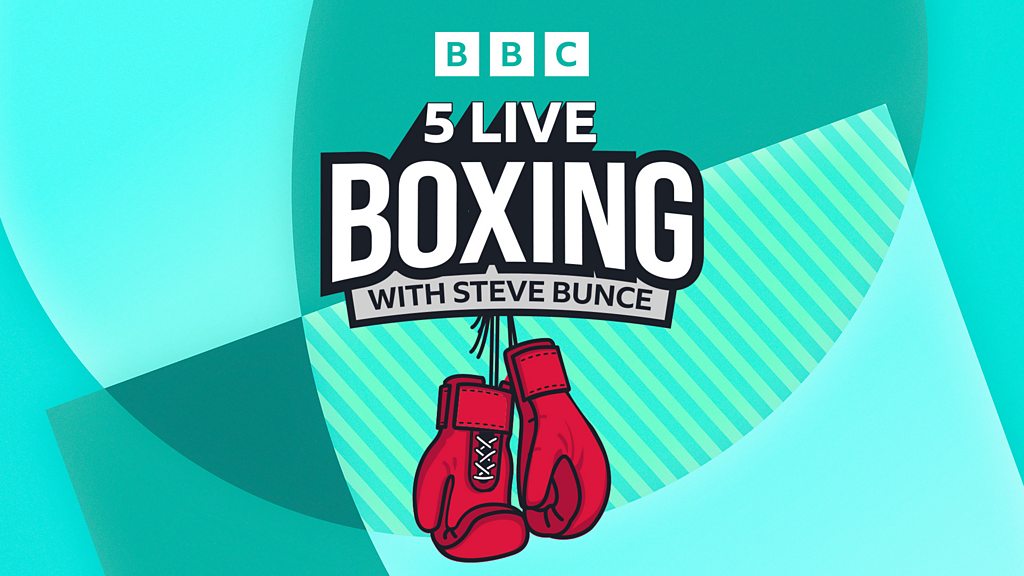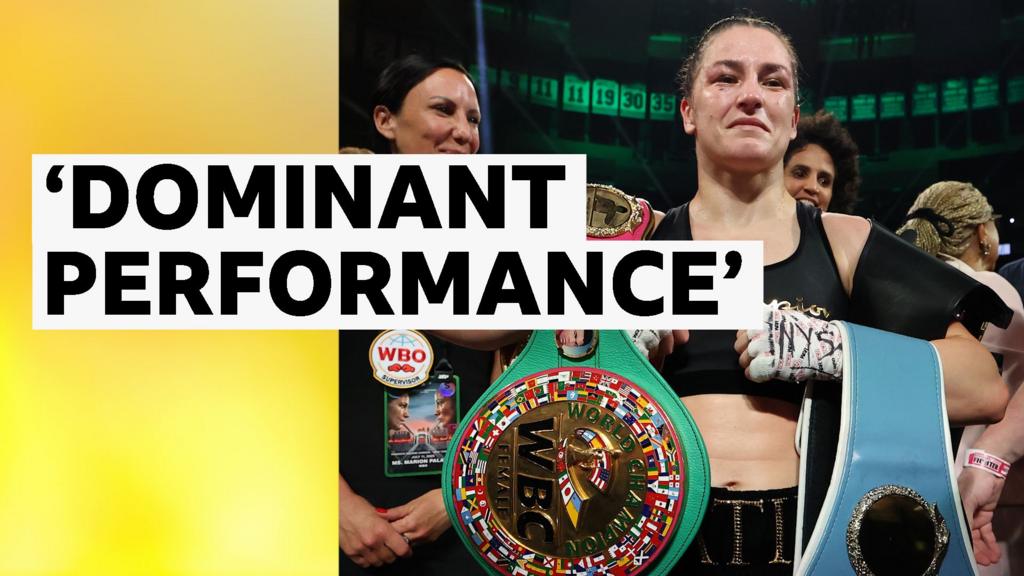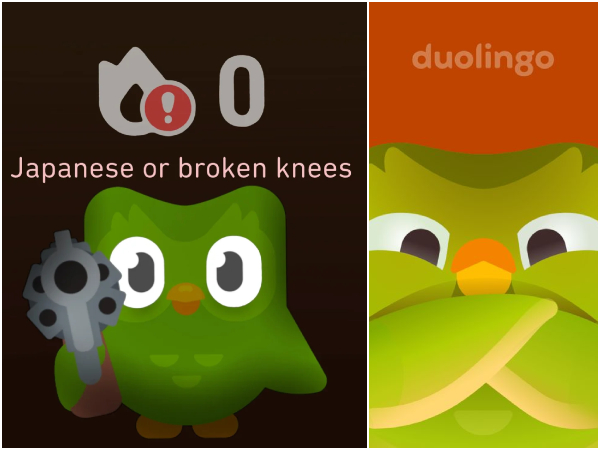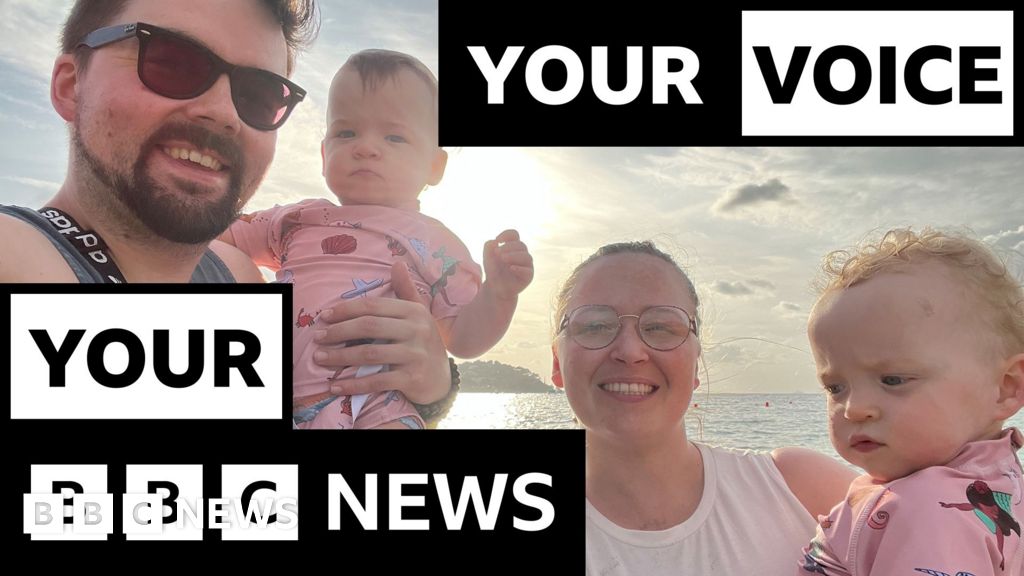People who excel at conversation always do these 3 things, according to a Stanford expert
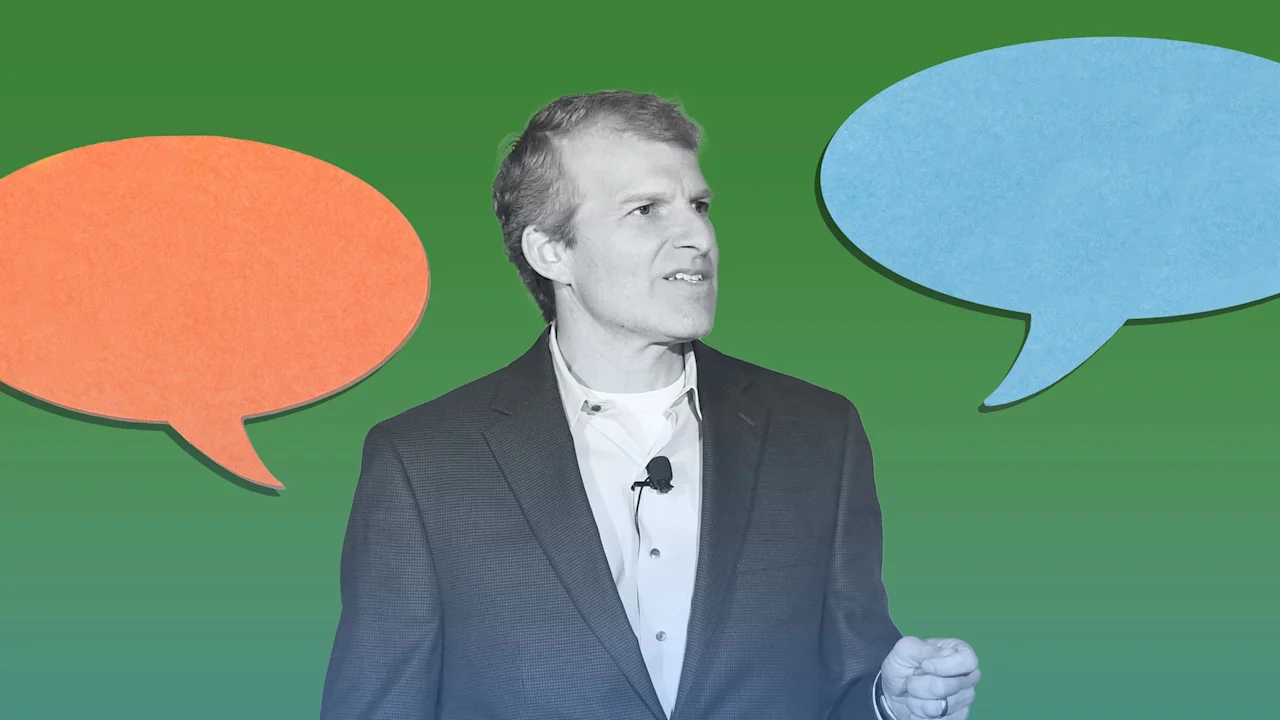
What’s the best way to connect with others during a conversation — especially if you need to discuss a difficult subject, or the person you’re speaking with may disagree with you? A few simple changes to your approach can make a huge difference, says Matt Abrahams, Stanford lecturer, communications instructor, and host of the popular podcast Think Fast, Talk Smart. In the inaugural episode of the new podcast A Fine Mess, which is all about difficult conversations, Abrahams gave host and venture capitalist Sabrina Merage Naim some valuable tips on how to better handle any conversation, especially a difficult one.
“The sheer amount of information noise in the world has increased,” he said. “Attention is the most precious commodity we have, and it’s important for communicators to find ways to get the attention they need to get their messages across.” Many of us, especially on social media, try to do this by saying things that are shocking or outrageous or both. But if you really want to communicate your point effectively, that’s the wrong approach, Abrahams explained.
Instead, he laid out a simple three-step process you can use to improve any conversation. It’s particularly powerful if whatever you need to talk about might be difficult or controversial.
1. Slow down.
It’s natural to want to jump in and say what’s on your mind, but you’re usually better off if you take a step back and focus your thoughts. It can help to take a few deep breaths, Abrahams says. And then, ask yourself a simple question: Is now the right time to have this conversation? The answer might be no.
His father died recently, and Abrahams and his brother disagreed over some decisions that needed to be made. They put off their discussion multiple times, both because emotions were running high and also so they could gather some additional information. When they finally came together to talk things through, they brought a new perspective and were able to work out their differences.
Sometimes it’s just a matter of timing. I wake up earlier than my husband, and by the time he gets out of bed, I’ve usually thought of several things I need to discuss with him. I’ve many times made the mistake of peppering him with a bunch of questions or plans before he’s even had a cup of coffee. The results of that are often negative, though, so I’ve learned to temper my impatience and wait until a better time.
2. Put your focus on the other person.
Most of us don’t do this, Abrahams explained. “We don’t listen very well. We listen only enough to get the gist of what somebody is saying. And then we begin rehearsing and preparing. So we absolutely need to be present and focused and listen to what is said, but also how it is said.”
We need to pay attention not only to what the other person is saying, but how they’re saying it, including their body language. We need to consider the larger context, he explained. And we need to ask questions to make sure we understand the other person’s thinking, and also to let them know that we are taking in what they have to say. “I think curiosity is number one,” Abrahams said. “Number two is waiting and listening for the response. Giving the person space and time and your attention to respond can be wonderful. And it gives you an opportunity to look for those areas of connection, to see where there is similarity.”
3. Lean into empathy.
The best way to get someone to listen to you and care about what you’re saying is to figure out what’s most important to them, Abrahams said. “We can do lots of whiz-bang, fancy things, being overly dramatic or extreme. But I don’t think that gets at the heart of what you’re trying to do.”
The better and more authentic approach is to mentally put yourself in the other person’s place, he said. “Just finding, quite simply, what’s relevant to the person you’re speaking to. That means you have to think about who they are and how your ideas might impact them. That’s where we have to start.”
In my book Career Self-Care: Find Your Happiness, Success, and Fulfillment at Work (New World Library, 2022), there’s a lot more information about how to start conversations, and how to build the relationships that can accelerate your success. Focusing on the other person, and looking at the issue through their eyes is one of the most powerful things you can do.
— By Minda Zetlin
This article originally appeared on Fast Company‘s sister publication, Inc.
Inc. is the voice of the American entrepreneur. We inspire, inform, and document the most fascinating people in business: the risk-takers, the innovators, and the ultra-driven go-getters that represent the most dynamic force in the American economy.
What's Your Reaction?
 Like
0
Like
0
 Dislike
0
Dislike
0
 Love
0
Love
0
 Funny
0
Funny
0
 Angry
0
Angry
0
 Sad
0
Sad
0
 Wow
0
Wow
0



.jpg?width=1200&auto=webp&trim=0,0,0,0#)









.jpeg?width=1200&auto=webp&crop=3:2#)





























